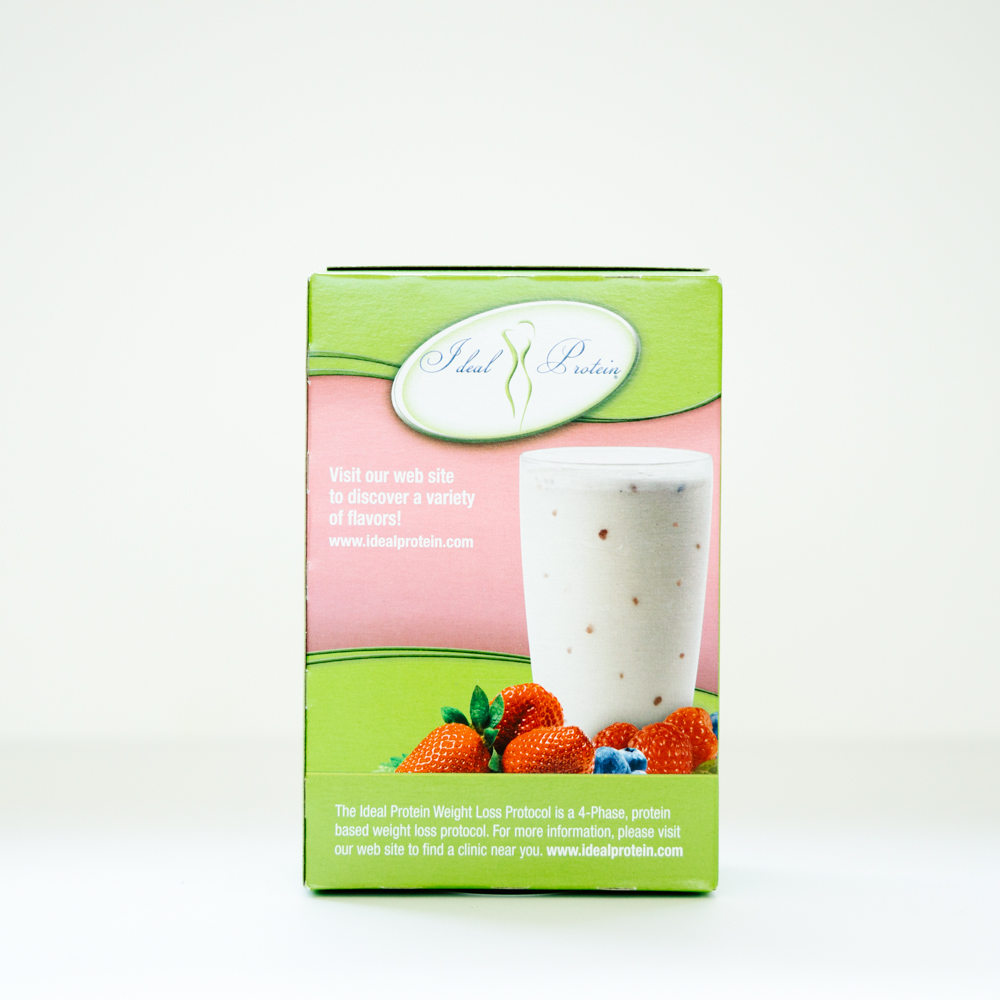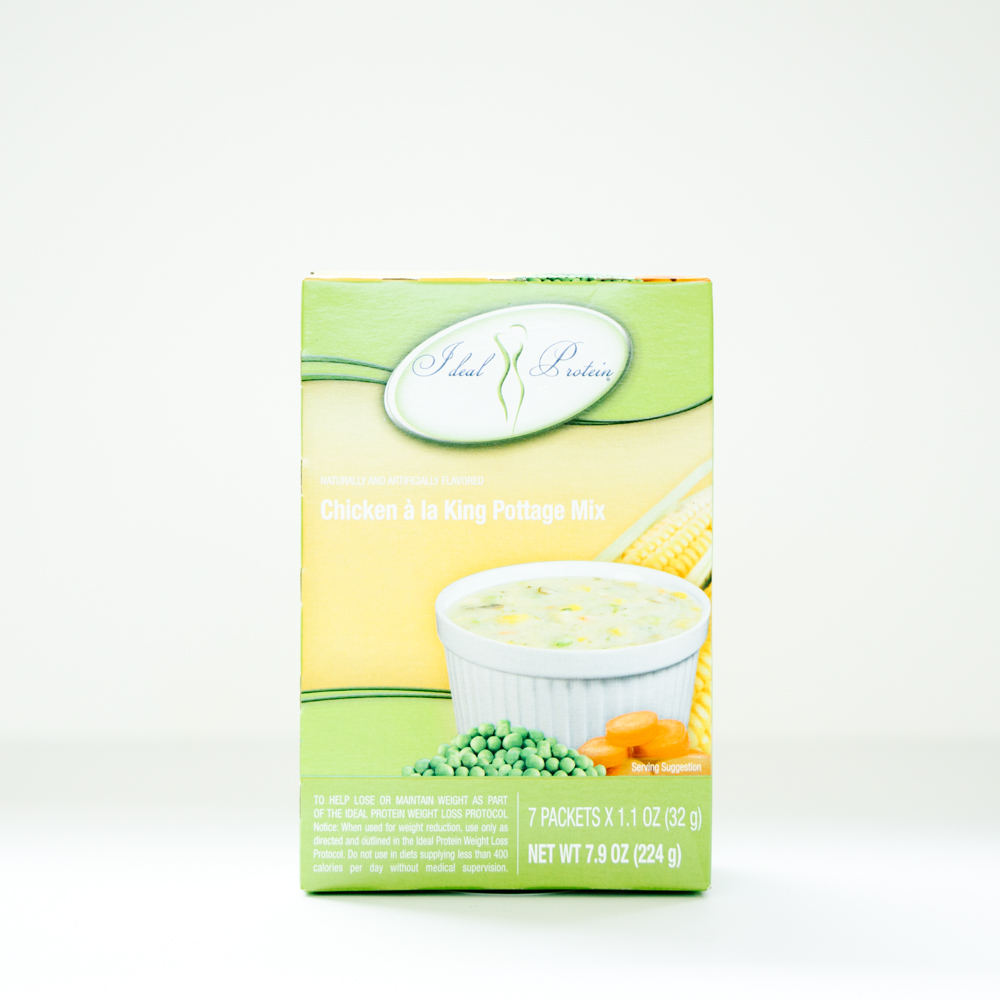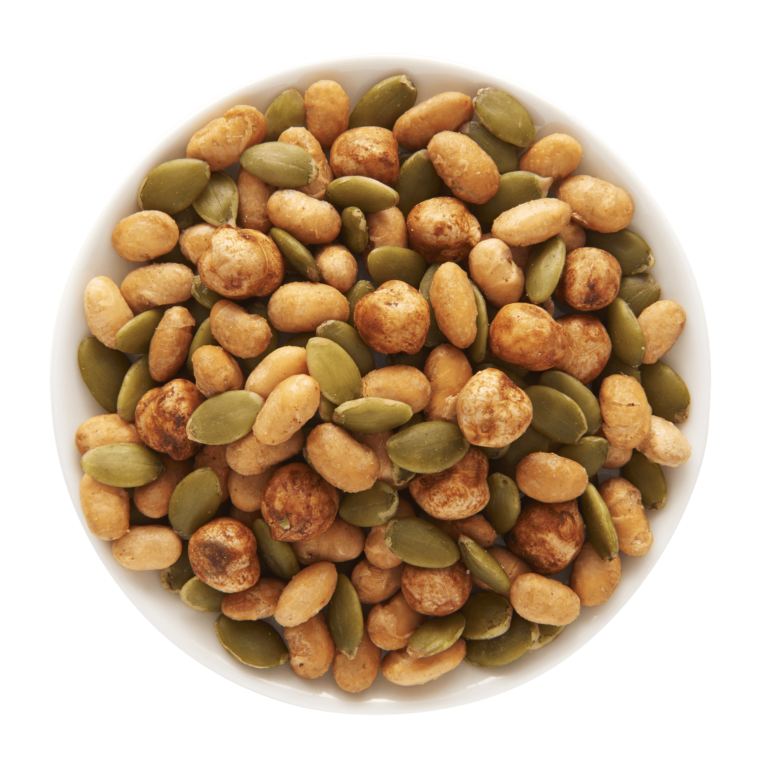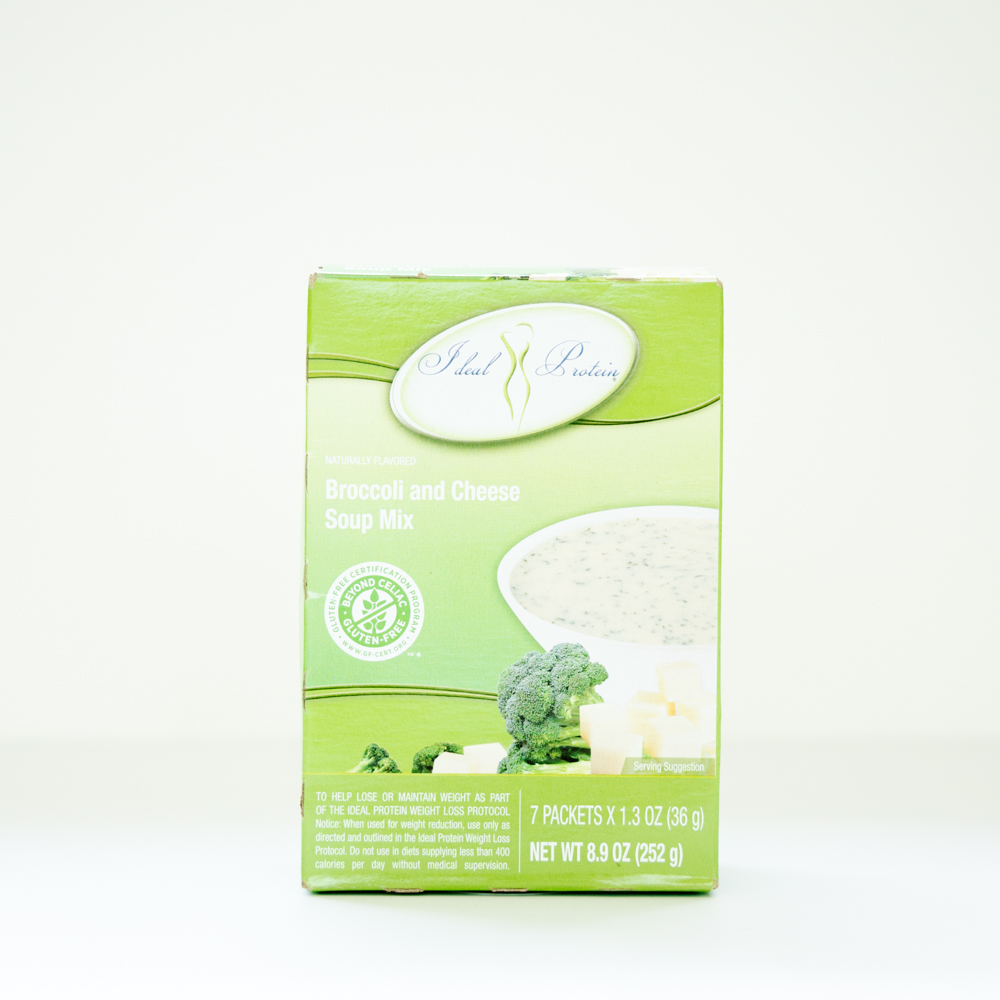What do you mix protein powder with: Pairings
The Basics of Mixing Protein Powder
Protein powder is a key supplement for many health goals. It can boost protein intake for muscle growth, weight management, and overall wellness. Mixing it correctly is essential for both taste and nutrition. Below, we explore how to mix protein powder effectively.
Selecting the Right Liquid Base
The liquid you choose to mix with protein powder affects both taste and texture. Water is the simplest option, providing a low-calorie drink. Milk adds creaminess and nutrients like calcium and vitamin D. Non-dairy milks such as almond or soy are lactose-free alternatives. Fruit juices offer natural sweetness but come with extra sugars. Coffee and tea can give an energizing boost. Always consider your dietary needs when selecting a base.
Understanding Protein Powder Properties
Protein powders come in various flavors and compositions. Whey protein is popular for its smooth texture and quick digestion. Plant-based proteins, like pea or rice, are great for those avoiding animal products. Some powders have stronger flavors or textures than others. Keep this in mind when mixing, as it can change the outcome of your protein shake. Flavored powders work well with simple bases like water or milk. Unflavored powders are versatile, suitable for both sweet and savory mixes.

Popular Liquids for Protein Powder Mixes
Choosing the right liquid to mix with your protein powder can greatly affect both flavor and nutritional content. Here’s a look at some popular options.
The Traditional: Mixing with Water
Water is the simplest and most calorie-free option for mixing protein powder. It’s ideal for those on a weight loss diet or for anyone looking to keep it simple and hydrating.
Creamy Delights: Dairy and Its Alternatives
For a richer shake, cow’s milk is a classic choice, providing extra protein and nutrients like calcium. However, for those avoiding dairy, there are lactose-free options like almond, soy, and oat milk.
Explore Plant-Based Milk Options
Plant-based milks are gaining popularity. Almond and oat milk offer low-calorie alternatives with minimal impact on overall taste, especially when unsweetened varieties are chosen.
The Fruitful Route: Juice as a Mixer
Fruit juices, like orange and apple, add natural sweetness and vitamins to protein shakes. Remember, they do contain sugars, so use them sparingly if you’re watching your calorie intake.
The Morning Kick: Coffee and Tea
Mixing protein powder with coffee or tea can provide a caffeine boost along with protein. It’s a great way to start the morning or to fuel post-workout recovery. Flavors like vanilla or chocolate pair well with these beverages.
Added Nutrition and Flavor Enhancers
Adding different ingredients enhances both the nutrition and taste of protein shakes.
Fruit Additions: Berries, Bananas, and More
Fruits like berries and bananas add flavor, vitamins, and natural sweetness to your protein shakes. Berries like strawberries, blueberries, and raspberries are rich in antioxidants. They blend well with vanilla and chocolate-flavored powders. Bananas, high in potassium, provide creaminess and a touch of natural sugar.
Nut Butters and Oils
Nut butters, such as almond or peanut butter, offer healthy fats and make shakes creamier. They also boost protein content. For a smooth shake, mix in a tablespoon of nut butter. Nut oils like flaxseed oil can add omega-3 fatty acids.
Grains for Sustained Energy: Oats and Flaxseeds
Oats and flaxseeds add fiber, which helps you feel full longer. Mixing in oats gives texture and provides slow-releasing carbs for energy. Grind flaxseeds before adding them to your shake for easier digestion and to access their nutrients.

Creative Protein Powder Recipes
Getting creative with protein powder recipes can transform your nutrition routine. Let’s explore some delicious options.
Sweet Treats: Protein Pancakes and Brownies
Protein powder can elevate your favorite desserts into nutritious treats. For breakfast or a post-workout snack, protein pancakes offer a sweet yet healthy option. Simply replace some of the flour with your choice of protein powder. For chocolate lovers, protein brownies are a guilt-free indulgence. Mix in the powder with your brownie batter to sneak in extra protein.
Refreshing Smoothies and Shakes
Blending protein powder into smoothies and shakes is a classic and tasty method. Combine it with fruits like mangoes, peaches, or berries for a refreshing drink. With added ice, you get a cold, creamy texture. Try plant-based milks for a lighter shake, or use dairy milk for extra creaminess. Experiment with flavors; vanilla protein pairs well with virtually any fruit, while chocolate protein goes great with peanut butter or banana.
Cooking with Protein: Savory Dishes
Protein powder isn’t just for drinks; you can cook with it too. Add unflavored varieties to soups or stews to boost their protein content without altering the taste. Make a batter with protein powder for healthier, protein-packed fried foods. You can even mix it into mashed potatoes or homemade burger patties for added nutrition. Remember that when heating protein powder, it may change in texture, so start with small amounts.
Tips for a Perfect Protein Mix
Finding the ideal protein mix can be a game-changer. It can make your protein shake a delight to drink every day. Here’s how to nail the consistency and taste every time.
Achieving the Right Consistency
To get a smooth mix, start with the right tools. A shaker bottle or blender works best. If using a shaker, add liquid first, then protein powder to avoid clumps. For thicker shakes, use less liquid or add ice in a blender. Remember, grainy textures often come from adding too much powder or not mixing enough. Blend until smooth for the best results.
Some powders dissolve better than others. Whey mixes well with liquids, while plant proteins might need more shaking or blending. Find what works for you.
Balance of Flavor: Sweetness vs. Savory
Your shake’s flavor should suit your taste and goals. Sweet flavors like chocolate or vanilla mix well with most liquids. They can make your shake taste like a treat. For a savory twist, use unflavored powder in soups or stews. Always taste as you mix. Start with a small amount of powder and adjust to your liking.
Consider your diet too. If cutting calories, stick with water, unsweetened almond milk, or light soy milk. For gaining weight, whole milk or coconut milk adds calories and creaminess. Add fruits like berries or a banana for natural sweetness and nutrients. For a savory kick, try mixing with vegetable juice or a dash of spice.
Remember, the key is to match your powder flavor with your chosen mixer. This way, you achieve a taste that’s both enjoyable and goal-friendly.

Healthy Protein Powder Options
When it comes to selecting a protein powder, health is key.
Plant-Based Proteins: Pea and Rice
Pea and rice protein powders are great for those avoiding animal products.
They offer a complete amino acid profile and are easy to digest.
For those with dietary restrictions, these powders are often hypoallergenic.
Their mild flavors blend well with various liquids and ingredients.
Whey and Casein for Traditionalists
Whey protein is loved for its fast absorption and muscle recovery benefits.
Casein, on the other hand, releases amino acids slowly, helping with long-term nourishment.
Both are rich in essential nutrients, and they mix well with most liquids.
Traditionalists might prefer these for their creamy texture and wide range of flavors.
